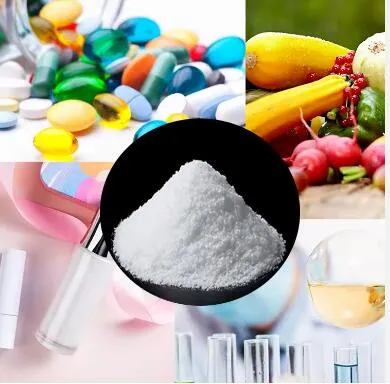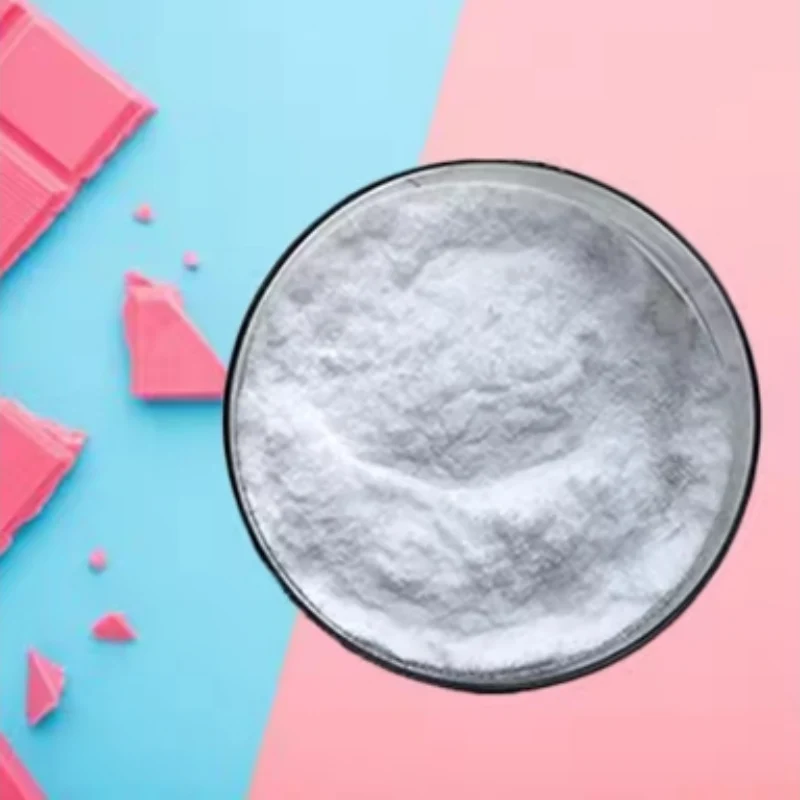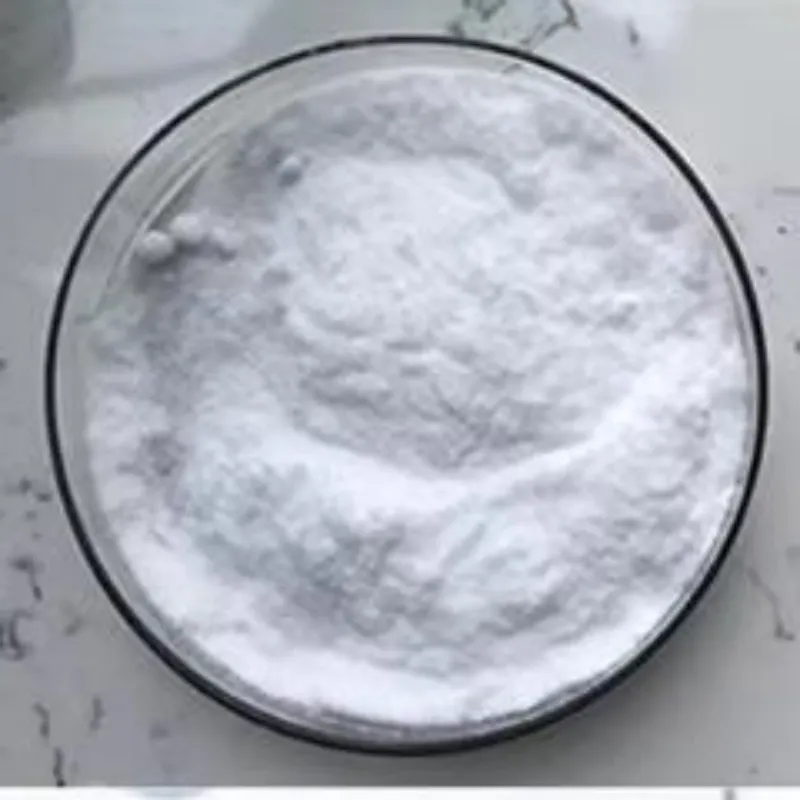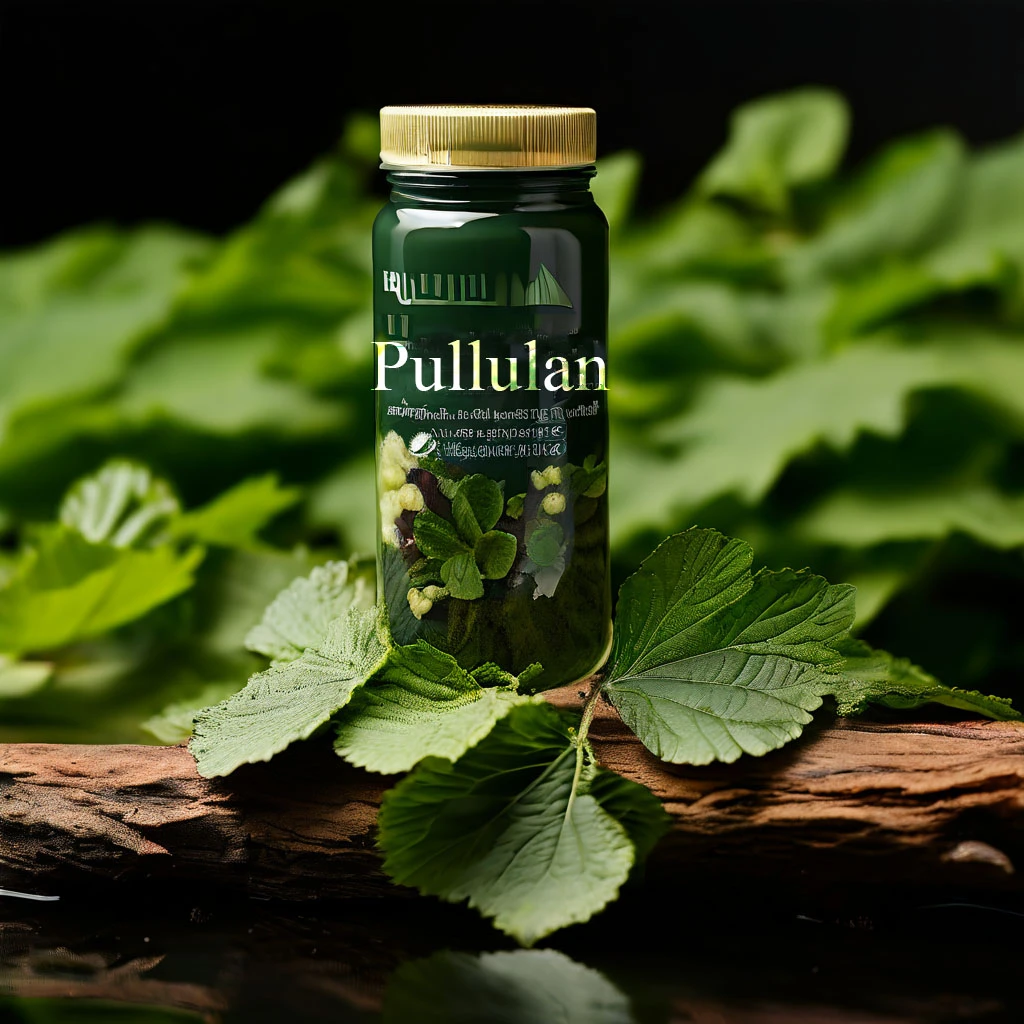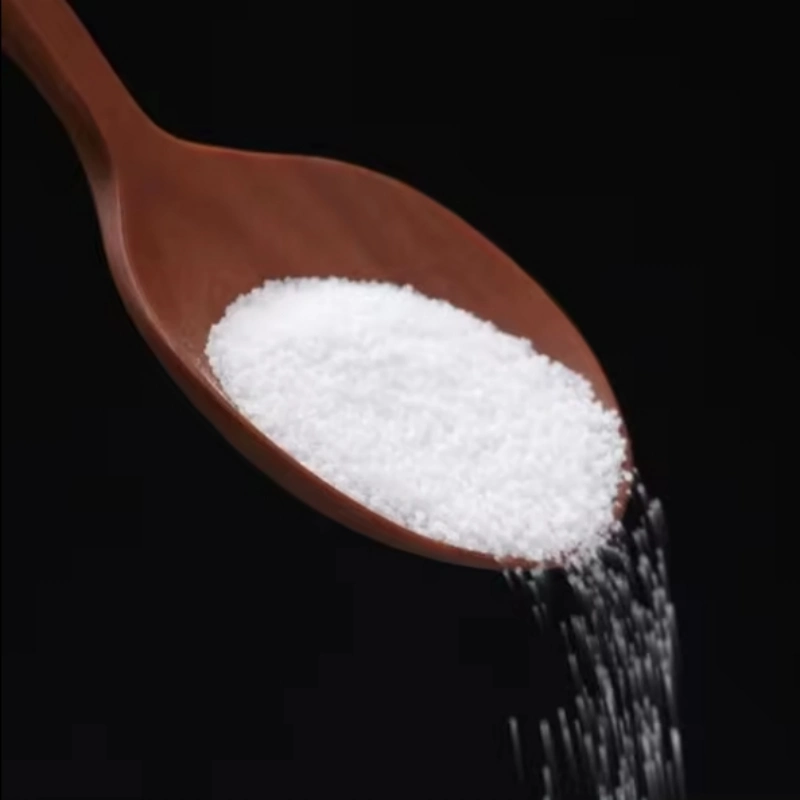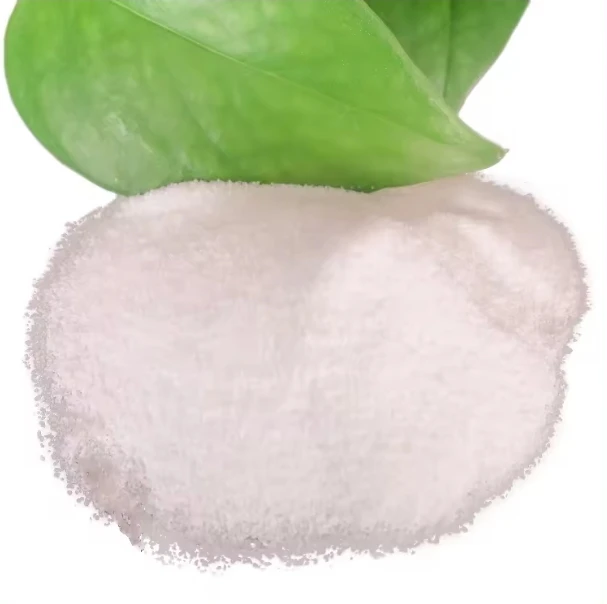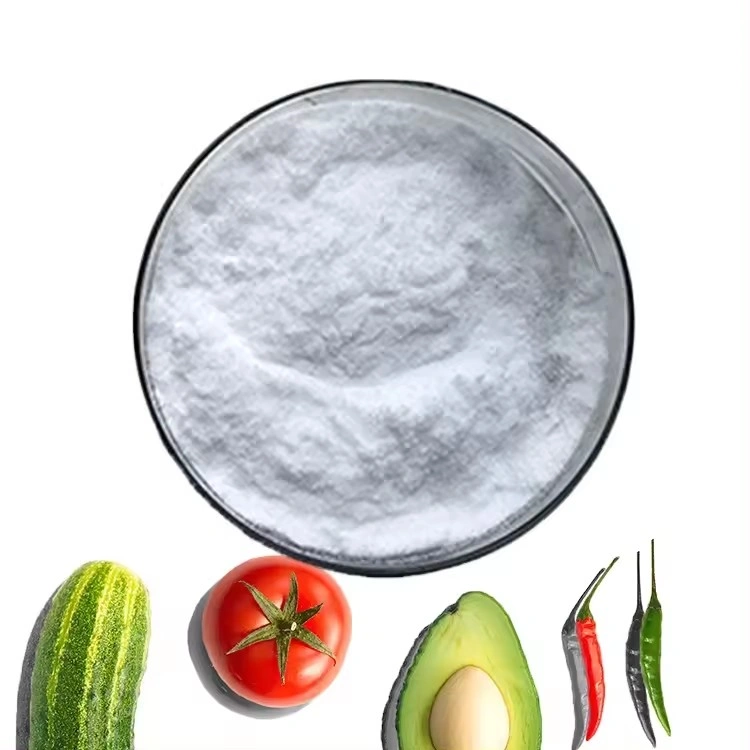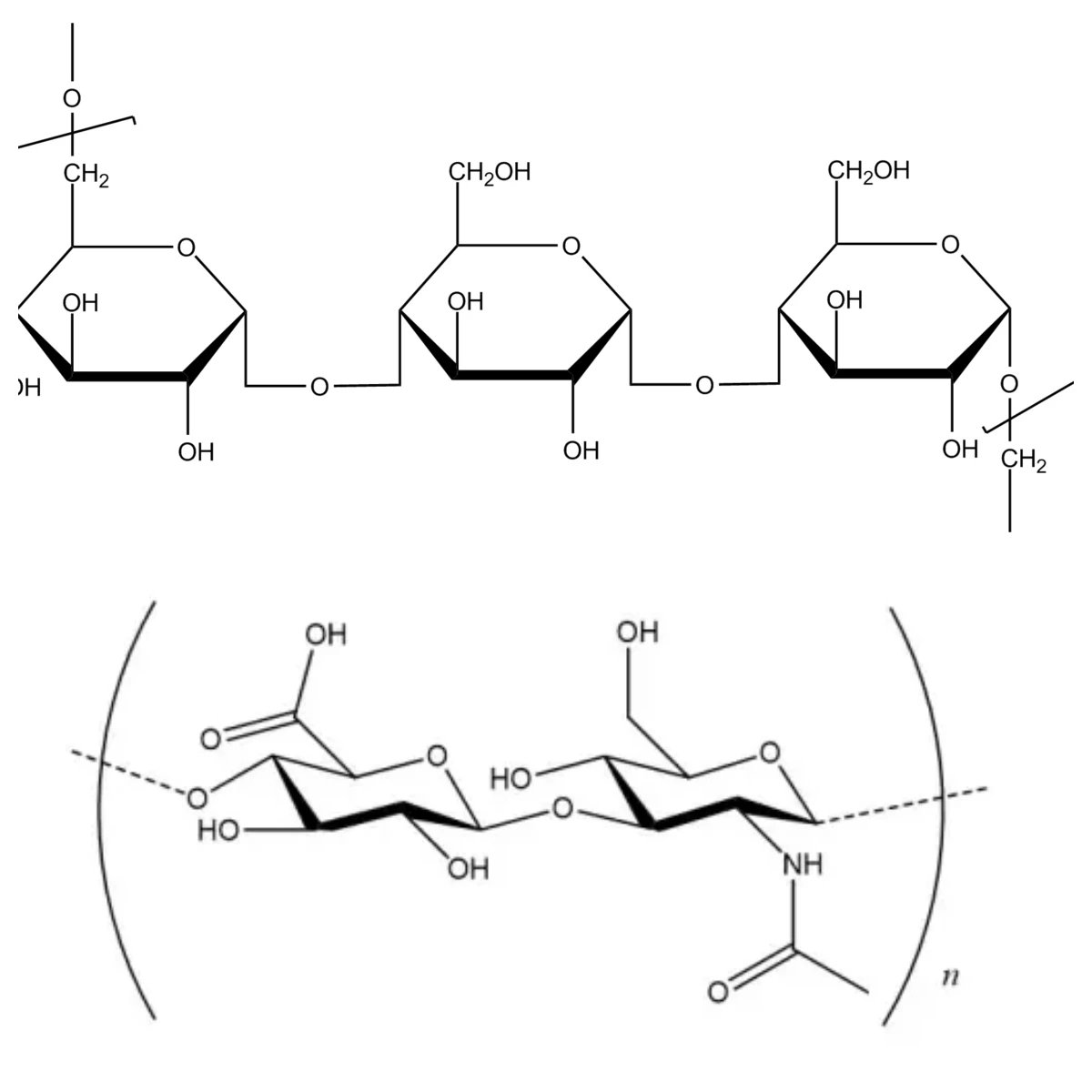Hydroxyethyl cellulose (HEC) is a white or yellowish, tasteless, nontoxic solid fibrous or powdered, the alkali cellulose and ethylene oxide (or ethylene chlorohydrin) reaction of the ether,
Hydroxyethyl cellulose (HEC) is a white or yellowish, tasteless, nontoxic solid fibrous or powdered, the alkali cellulose and ethylene oxide (or ethylene chlorohydrin) reaction of the ether, is soluble nonionic cellulose ethers. Since HEC has good thickening, suspension, dispersion, emulsification, adhesion, film, protecting moisture and provide protective colloid properties, has been widely used in oil exploration, coatings, construction, medicine, food, textile, paper and polymer the art of polymerization reaction. 40 mesh sieve rate ≥ 99%; softening temperature :135-140 ℃; performance density :0.35-0 .61g/ml; decomposition temperature :205-210 ℃; burning slower; balance amount with temperature: 23 ℃; 50% when rh 6%, 84% when rh 29%.
1 , the alkali cellulose is a natural polymer , comprising on each fiber ring three hydroxyl groups , the most reactive hydroxyl group reacted hydroxyethylcellulose. The raw cotton linter pulp or refined pulp soaked in a 30% caustic soda , and pressing out after half an hour . Press to contain lye proportion of 1:2.8 , crushed . Pulverized alkali cellulose into the reaction vessel , sealed , vacuum, nitrogen , be repeated vacuum nitrogen atmosphere in the autoclave was fully replaced . Pressed into the liquid ethylene oxide precooled , through the reactor jacket cooling water , controlled reaction of about 25 ℃ 2h, the crude product was hydroxyethylcellulose . The crude product was washed with ethanol , and acetic acid added to pH4-6, together with glyoxal crosslinking aging. Then washed with water , centrifugal dewatering , drying, grinding, a hydroxyethylcellulose. Raw material consumption (kg / t): cotton linter pulp or low meal :730 -780 , caustic soda ( 30% ) : 2400 , ethylene oxide : 900 , alcohol ( 95% ) : 4500 , acetic acid : 240 , ethylene formaldehyde ( 40% ) :100 -300 .
2 , fumed : fumed or diluent additive is added during the reaction , the base fiber and EO in the gas phase reaction . In the 18.5% cotton fibers immersed in NaOH solution , activated , and then crushing, pulverizing in a reactor . The reactor was evacuated with nitrogen two times, adding EO, the degree of vacuum 90.64kPa, 27 ~ 32 ℃ 3 ~ 3.5h the reaction can be obtained .
3, the liquid-phase method : HPLC method is the etherification reaction in the presence of a diluent . Mercerized cotton linters , after crushing, in the presence of a diluent , and the EO reactor 1 ~ 3h at 20 ~ 60 ℃, to obtain a crude product of hydroxyethyl cellulose . The usual diluents include acetone , isopropanol, tert-butanol or mixtures thereof . The insoluble product is maintained in a diluent .
A vapor phase method and the two liquid phase Production alkali cellulose to be prepared in advance and will be at about 20 ℃ cellulose was immersed in 18% NaOH solution for degreasing , the etherification reaction , neutralized , washed , dried and pulverized to obtain a final product.
Applications
As adhesives, surfactants, protective colloids , dispersants , emulsifiers and dispersion stabilizers. In the field of coatings, inks , fibers, dyeing, paper, cosmetics , pesticides, mineral , oil and medicine with a wide range of applications.
1 , commonly used as thickening agents , protective agents, binders , stabilizers and the preparation of emulsion, gel , ointment, lotion, eye clear , suppositories and tablets of the additives are used as the hydrophilic gel skeleton material , sustained release formulations prepared skeleton , but also for the role of food as a stabilizer .
2 , sizing agents for the textile industry, electronics and light industry sectors adhesion , thickening , emulsifying, stabilizing and other additives .
3 , used for water-based drilling and completion fluid thickener and fluid loss additive , in brine drilling fluid significant thickening effect . Also can be used for oil well cement fluid loss additive . Cross- linked with polyvalent metal ions into the gel.
4, this product is used for extracting oil fracking water -based gel fracturing fluid , polystyrene and polyvinyl chloride and other polymeric dispersant. Latex paint can also be made of industrial thickeners , humidity resistance electronics industry , construction cement anticoagulants and water retention agent . Glazed ceramic industry and toothpaste binder. Also widely used in printing and dyeing, textile, paper, pharmaceutical , health, food , cigarettes, pesticides and fire extinguishing agent aspects .
5 , as a surfactant , a colloidal protective agent , vinyl chloride, vinyl acetate emulsion is an emulsion stabilizer taken in combination , latex and tackifier , dispersant, a dispersion stabilizer. Is widely used in coatings, fibers , dyeing, paper, cosmetics , pharmaceuticals and pesticides. In oil exploration, machinery industry also has many uses .
6 , hydroxyethyl cellulose having a pharmaceutical solid , liquid surfactant formulations , thickening, suspending, adhesive , emulsion, film , dispersion, water retention and provide protection .
Product Performance
1, HEC is soluble in hot or cold water , hot or boiling does not precipitate , it has a wide range of solubility and viscosity characteristics , and non- thermal gelation ;
2 , with its other non-ionic water-soluble polymer in a wide range of surface-active agents, salts coexist thickener is a fine colloidal solution containing a high concentration of the dielectric ;
3 , water retention capacity than twice as methyl cellulose , with better regulation of the flow ;
4, HEC recognized dispersibility compared with methyl cellulose and hydroxypropyl methyl cellulose worst dispersing ability , the ability of the strongest protective colloid .
Use
Join directly in the production
1 . Should be cut in the blender with high added water vats .
2 . Start low and slowly stirring constantly have to hydroxyethyl cellulose sieve into a uniform solution .
3 . Continue stirring until all particles soaked.
4 . Then add preservatives, additives and other alkali such as pigments, dispersing aids , ammonia.
5. Stir until all of hydroxyethylcellulose has dissolved ( the solution viscosity increased significantly ) was added to the other components in the formulation , ground up to the finished product .
With liquor standby
This method is the first with a higher concentration of the mother liquor , then add latex paint . This method has the advantage of greater flexibility , the finished product can be added directly to the paint , but it should be properly stored . 1 1-4 steps and methods similar to the Ministry , the difference is no need to mix until completely dissolved into a high viscous solution .
Dubbed porridge -like syndrome with
The organic solvent is a poor solvent hydroxyethylcellulose , so these can be used with a porridge -like organic solvent . The most commonly used organic solvent is an organic liquid paint formulations such as ethylene glycol , propylene glycol and film formers ( such as ethylene glycol or diethylene glycol butyl Acetate ) . Ice-water is also a poor solvent , and the organic liquid ice also often used together with a porridge -like . Hydroxyethyl cellulose can be directly added to the porridge -like paint , hydroxyethyl cellulose in the porridge-like points have been Yanzhou bubble up . When added to paint , they will immediately dissolve , and play thickening effect . After the addition , continue to stir until completely dissolved hydroxyethylcellulose , homogeneous. General porridge -like with six ice mixed with an organic solvent or as a hydroxyethyl cellulose , about 6-30 minutes later, hydroxyethyl cellulose hydrolysis and then obviously made up . In summer the water temperature is too high in general , should not be used with a porridge -like .
